
we specialize in baking with spelt flour
We do mail order if interested.
-Four seed
-Honey oat
-Common (the base dough for all other varieties)
-Raisin cinnamon
-Sandwich rolls
We will be adding quick breads,cookies and granola along with artisan sough-dough loaves.
Email= [email protected]
Phone= 413-727-9456
Phone:
413-727-9456
Address:
pleasant street
Northampton, MA
United StatesArtisan Baker Association Standards:
| ABA Product | ABA Standard |
|---|---|
Whole Spelt | ART 30 - Organic Yeast Bread Wholemeal OR Unbleached White |
Whole Spelt | ART 21 - Sourdough Wholemeal OR Unbleached White |
Map:
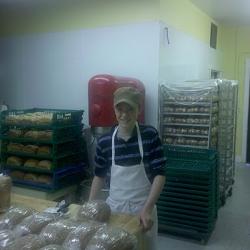
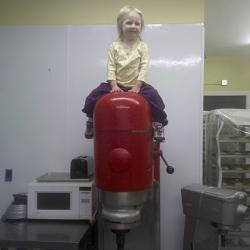
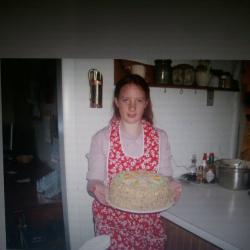
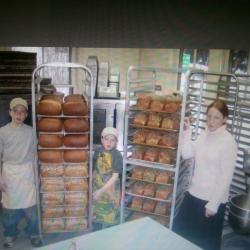

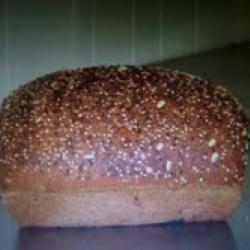
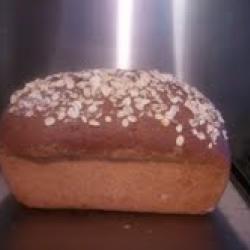
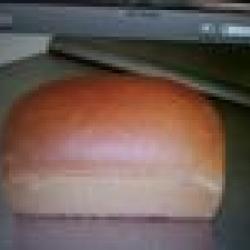
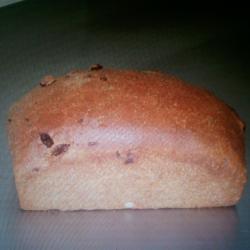
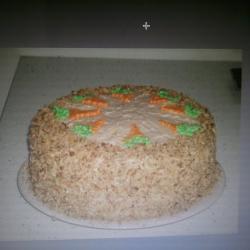
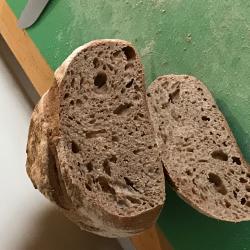
Replies
After spending 30 + years making bread using dried yeast, I have been forced to use a starter because of covid 19 preventing buying any dried yeast. But sometimes things like this happen in our favour...and this is the way I see it.
We have just done the first baking. The attached is what it looks like....it's quite small and quite flat. I scored the dough just before putting it in the oven with one cut accross the loaf, but unfortunately nothing burst out and upwards!
We ended up using spelt flour for making the bread, but fed the starter with plain white Duchy flour from the freeze dried white british sourdough starter, over just three days. The starter smelt beautiful and was quite bubbly, but didn't have enough firmness I don't think. We did the 'dollop in water' test and it did float but I still think it could have been much more firm.
We ended up not following Joshua Weissman (who is amazing but quite labour-intensive), but followed this guy's recipe who seems to get a very good result with a more simple method:
https://www.youtube.com/watch?v=4r8irdLuUtc
There were two potential moments of uncertainty. Firstly was with the starter, as already mentioned, not being fed enough over a longer period, and secondly, our weighing machine gave us an erratic read-out while the ingredients were being weighed and I think the resulting proportions were different from the guy's suggested one-loaf proportion which is: 128gms starter, 12 gms salt, 247 gms water, and 375 gms plain white flour (in our case - white spelt). When I turned, tucked and folded, it was virtually impossible to do because of it being too moist and soft. Fortunately the bench slicer on the glass chopping board saved the day, as I kind of folded it with that. It also stuck in the bannaton when I turned it upside down to put on the oven tray, but I managed to just lever it away from the sides using a rubber spatular.
After using some of the starter from my jar (128 grams), I had just over 300gms left. So I've divided this and kept 150gms of the pure white English one in the fridge at the back. With another 150 grams of this starter (divided this morning from the just mentioned one I put in the fridge) I fed with 75 gms of room temp water and 75 gms of Millgreen wholemeal flour and mixed it up and put it in the airing cupboard and will use this next time as the ongoing working leaven. I just looked at it in the airing cupboard, and after 2 hours it has added a third in volume.
Any advice from any readers would be much appreciated.
One specific question though, is when say after 5 or 6 days I take out the pure original starter from the fridge, what is the proceedure for feeding?......do I put the jar in the airing cupboard to warm back up and then feed it with 75gms of plain white flour and 75 grams of room-temp water after say an hour or so?...and after this, how long do I keep the jar in the airing cupboard to feed before dividing and then putting it back in the fridge?
Finally, the crunch - the moment of munch. ....although not perfect at all, the colour is almost brown....even though the whole loaf was made of entirely white spelt flour. Jill (my partner) & I just tried some and couldn't stop eating it.....it's unbelievably tasty....it has this real sharp tang but is also rich and crusty tasting too.....beautifully complex. We call our starter 'Easter' now and is our new good friend.
Best for now and keep well and safe - Veryan
From King Arthur Flour website which I have found very helpful https://www.kingarthurflour.com/recipes/feeding-and-maintaining-your-sou...
Once you've successfully created your own sourdough starter, you'll need to feed it regularly. If you bake a lot of sourdough treats, you may want to keep it on your counter, at room temperature. While this means feeding it twice a day, it also means your starter will be ready to bake when you are. If you're a more casual sourdough baker, store your starter in the refrigerator, feeding it just once a week.
Instructions
To store your starter at room temperature: Stir the starter well and discard all but 4 ounces (1/2 cup). Add the water and flour. Mix until smooth, and cover. Repeat every 12 hours. Remove 1 cup starter to bake with when it's expanded and bubbly, then feed the remaining starter immediately; revert to your normal 12-hour schedule for subsequent feedings.
To store your starter in the refrigerator: Take the starter out of the fridge. There may be a bit of light amber or clear liquid on top. Either drain this off, or stir it in, your choice; it's simply a byproduct from the fermenting yeast.
Remove all but 4 ounces (1/2 cup) starter; see "tips," at left, for ideas on what to do with it. Add the flour and lukewarm water to the remaining starter. Mix until smooth, and cover.
Allow the starter to rest at room temperature (about 70°F) for at least 2 hours; this gives the yeast a chance to warm up and get feeding. After about 2 hours, refrigerate.
To ready your refrigerated starter for baking: Take the starter out of the fridge, discard all but 4 ounces (1/2 cup), and feed it as usual. Let it rest at room temperature for about 12 hours, until bubbly. Repeat as necessary, every 12 hours, until you notice the starter doubling or tripling in volume in 6 to 8 hours. That means it's strong enough to leaven bread.
For the final feeding prior to baking, add enough flour and water to use in your recipe, with a little left over to feed and maintain the starter for the next time you bake. For instance, if your recipe calls for 1 cup (about 8 ounces) starter, add 4 ounces each water and flour. If your recipe calls for 2 cups (about 16 ounces) starter, add 8 ounces each water and flour.
Once the starter is bubbling and vigorous, remove what you need for the recipe and set it aside. Feed the remaining starter as usual. Mix until smooth, and allow the starter to work for about 2 hours at room temperature before putting it back in the refrigerator.